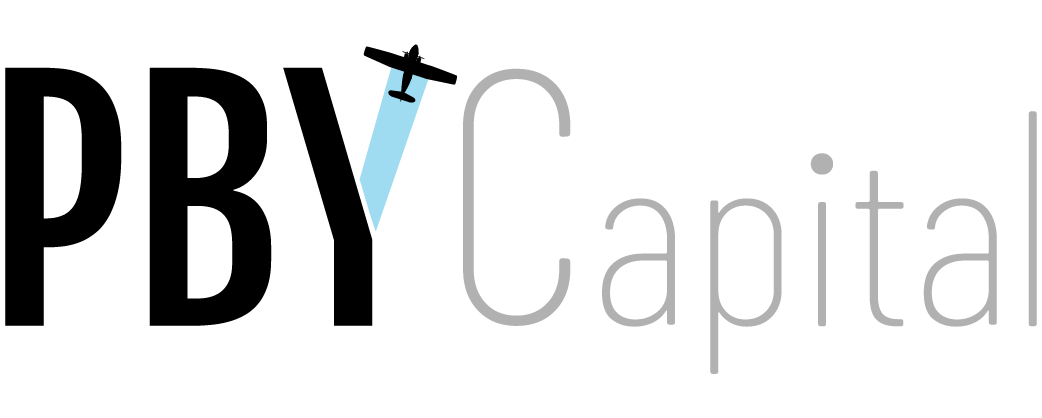My fixed income investments are not working. What should I do?
Consider these six alternatives to put in the traditional bond portion of your portfolio

Article content
For decades, the fixed-income portion of an investment portfolio has largely been satisfied by bonds. But with interest rates rising, and many rate hikes pending, that strategy simply isn’t going to work anymore.
In fact, it is poised to lose money, because bond values fall when rates rise.
This is troubling on a few levels. First, asset allocation is not designed around the fixed income allocation losing money. Second, at a time when valuations of various asset classes feel full, or even stretched, it’s arguably even more important now to get the fixed income allocation sized and deployed effectively.
And third, many people, even professionals, find fixed income confusing and even frustrating
The fixed income allocation usually makes up 30 to 40 per cent of the total portfolio. These investments are chosen to fulfill certain requirements, namely income and safety.
They are also depended upon to perform when the equity portion is not performing. The benefit of such uncorrelated investments is that they perform when the rest of the portfolio is not, and this is the key to allowing the portfolio to stay invested through market cycles.
What are the alternatives to a traditional bond portfolio for the fixed income allocation?
The good news is that investments are available that can fulfill the need for income, safety and non-correlated investments in the year ahead.
How to fix your fixed income
A combination of several of the following solutions can provide an optimized fixed-income allocation:
Traditional bonds. A smaller allocation of 5 to 15 per cent in traditional bonds may make sense for stability and cash flow purposes. With rate hikes pending and because we are in the late stage of the market cycle, shorter term and higher quality bonds are preferred.
Credit as a distinct asset class. The credit spread is the portion of the corporate bond yield over and above the risk-free yield to account for the quality of the corporate borrower. There are actively managed funds that isolate this credit spread along with eliminating the exposure to rising interest rates. A 5 to 10 per cent allocation can provide safety, income and sufficient return. Experienced managers in this space have seen market cycles to know how credit reacts, they have access to new issue and secondary market liquidity and have demonstrated a track record of effective risk-adjusted returns.
High yield bonds. A 5 per cent exposure to high yield bonds can offer some needed return with regular income. Consider total high-yield exposure if this exposure is chosen along with the above credit solution or choose a credit solution that avoids high yield bonds. A well-diversified, high yield portfolio likely requires exposure to the U.S. bond market.
Mortgages. Related to real estate, yet a distinct exposure to the sector, a 5 to 10 per cent investment in a pool of high-quality mortgages provides income and stability via secured assets. An important distinction between real estate and mortgages is that a mortgage is a secured term loan, with a loan-to-value ratio intended to eliminate likelihood of loss in the event of fluctuations in asset value or even default. Mortgages and the above-mentioned credit strategy have little correlation to traditional fixed income.
Here are some solutions that deploy equity instruments:
Market-neutral equity fund. An equity fund that removes the directional element of equity markets and targets a 4 to 5 per cent return can be a useful tool. While the underlying instruments are indeed long and short positions in equities, successful managers can deliver effective and uncorrelated returns in most equity market environments.
Infrastructure. A 5 to 10 per cent allocation to the public or private infrastructure equity asset class has demonstrated lower volatility in valuations. They are usually equity investments in larger scale assets that are typically considered essential. Examples include utilities, hospitals, toll highways, ports and logistics facilities. These funds usually require capital to be committed for longer periods due to the nature and liquidity of the investments.
Real estate. A 5 to 10 per cent allocation to traditionally stable, public or private real estate equity. Real estate is part of the “real asset” category and has proven to be an effective asset during inflationary times. Selecting the right exposures within the larger real estate category will be important. Diversification and location will be important within the residential category, the right commercial real estate exposure seems poised to perform well, while the evolving office real estate sector will require some analysis.
Then make adjustments
The right combination of these options will depend on the investor and the makeup of the total portfolio. For those who don’t want equity instruments in their fixed income allocation, consider higher weights in the strategies that utilize fixed income instruments only. Those who consider equity exposures should study their properties and their ability to satisfy the fixed income bucket needs.
However, some of these solutions can add risk to a portfolio, and therefore total portfolio risk should be considered. Said differently, depending on which of these solutions are chosen to replace traditional fixed income, the investor may need to adjust the risk within their equity allocation as well.
A traditional bond portfolio is going to disappoint investors, especially if equity markets turn and fixed income doesn’t do the job it has historically. Building a diversified portfolio of a suitable number of the investments above can set up your portfolio in the way that many leading investors have already completed.
In doing so, it will create a crucial buffer and diversification that will allow the portfolio to stay invested while producing effective returns.
Kevin Foley is a Managing Director, Institutional Accounts, at YTM Capital in Oakville, Ont. YTM manages a credit and a mortgage strategy as alternatives to traditional fixed income. Kevin spent more than 20 years as a managing director in capital markets at a major Canadian bank and he currently sits on three Canadian foundation boards and investment committees. Kevin.foley@ytmcapital.com.

Get the latest stories from Canadian Family Offices in our new weekly newsletter. Sign up here.



